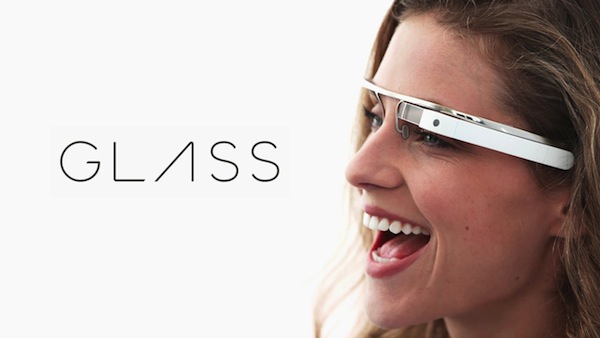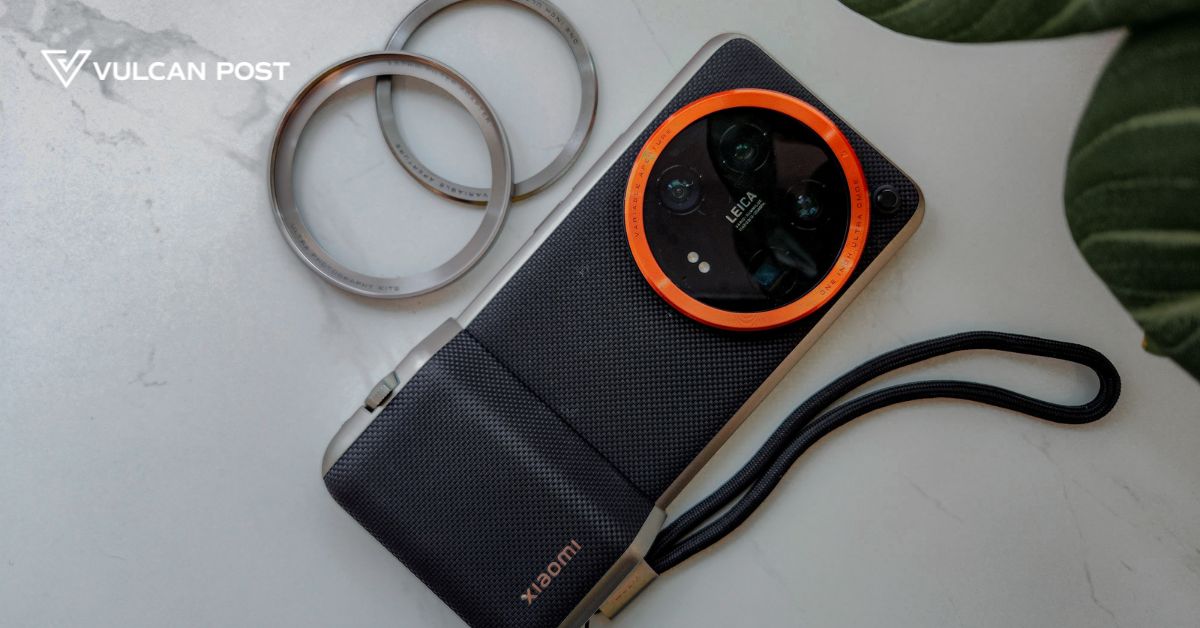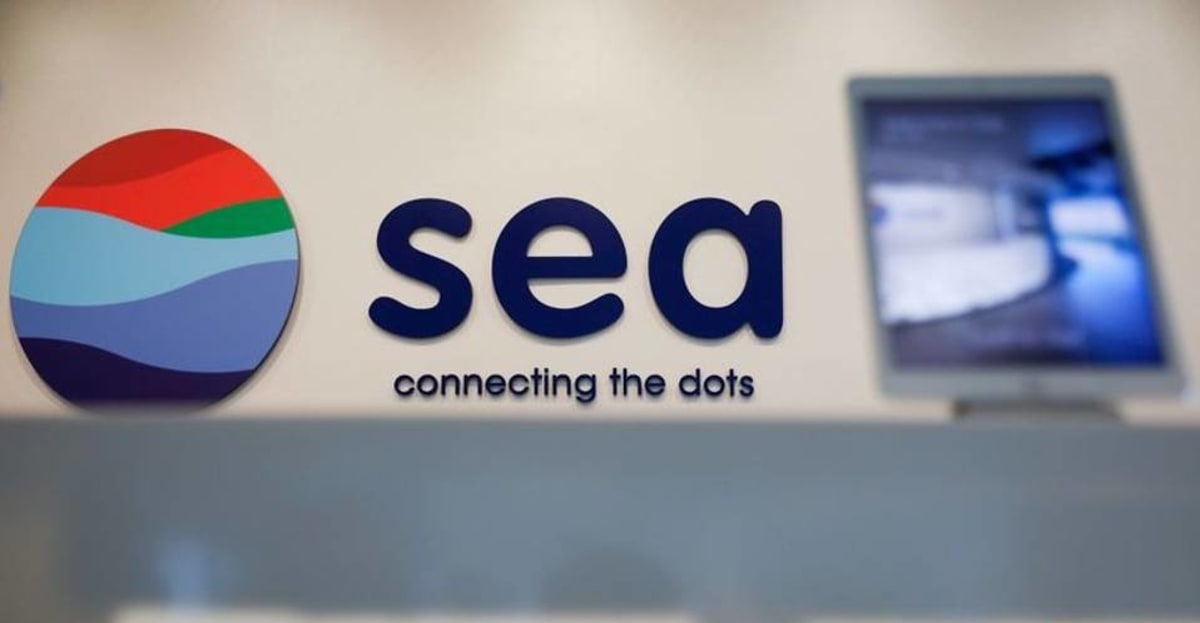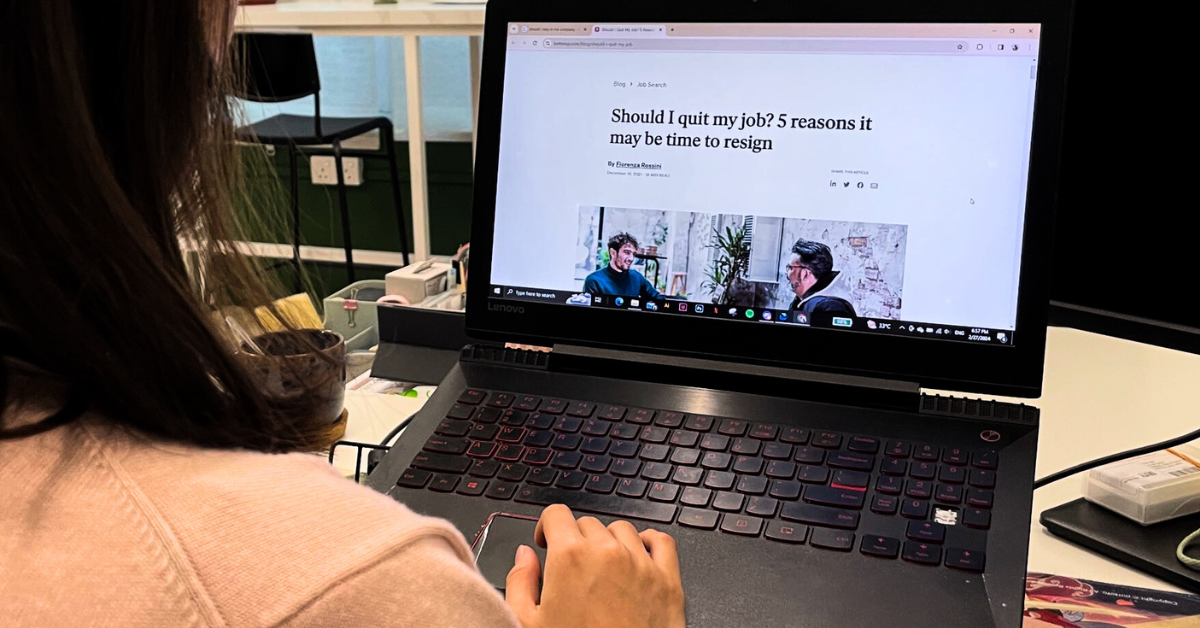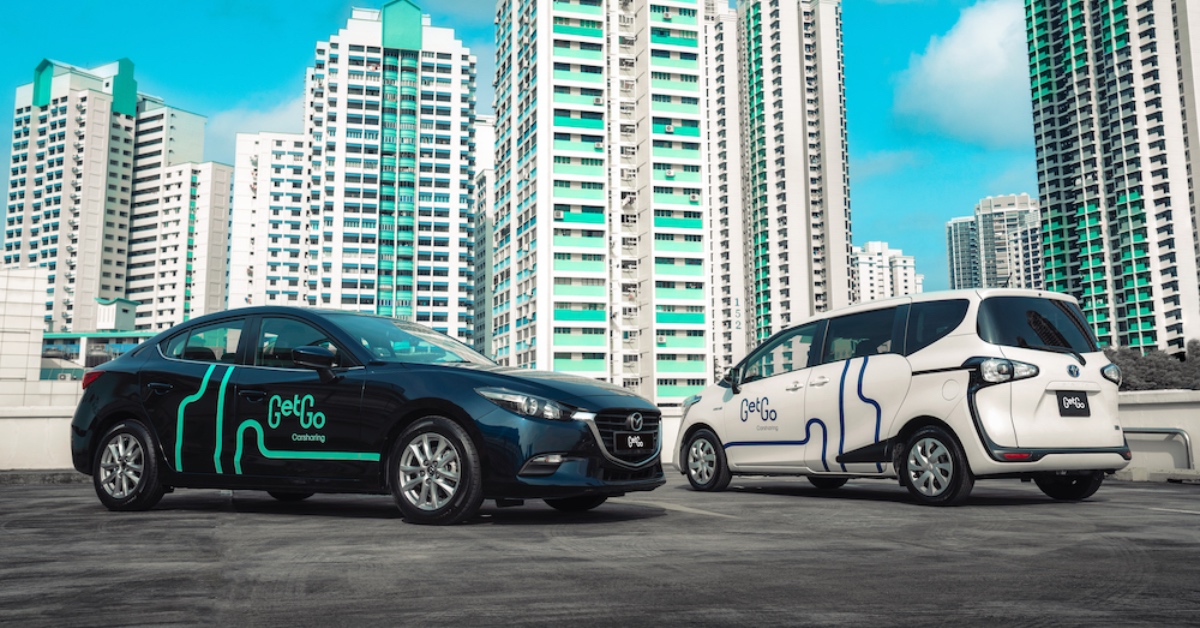The article Google Glass in Singapore: First Impression originally appeared on Twenty First Tech, a content partner for Vulcan Post.
Even if you are an absolute luddite, there is a very small chance you have not heard about 2012?s revolutionary invention – Google Glass. A wearable computer with an optical head-mounted display, it was developed directly by Google without any OEM interference. Courtesy of Ian Paynton of Stuff.tv, we got a chance to try it yesterday at their lounge at the PC Show, and here’s what we thought about it.
So, what is Google Glass?

Google Glass is the revolutionary new wearable technology straight from the hands of the Google X division. Running Android 4.4 KitKat, it displays information in a smartphone- like hands-free format, right at the top right-hand corner of your eye. You can take pictures, video, call, message and Google whatever suits your fancy.
There are also a great deal of accompanying services, such as Google Now, Maps and Play Services, as well as a virtual fitness and golfing coach, not to mention cycling, running and golfing information displayed in real time (e.g. speed and angle of your swing).
It has a dual-core Texas Instruments OMAP 4430 processor, 1 GB of RAM and 16 GB of storage (of which only 12 GB is usable). There is also direct Google cloud storage sync.

The heads-up display (HUD) is a Prism projector at a 640×360 pixels resolution which is equivalent to a 25?/64 cm screen viewed from 8 ft/2.4 m away and its camera is a 5 MP module that can record 720p video. If you thought that’s impressive, get this – it delivers sound directly to your inner ear by conducting it through the bones of your skull.
The unit Stuff.tv had with them was the standard one, and required perfect vision for a clear viewing experience, however there are four prescription lenses that can be attached with Glass. Glass also comes in configurations with the standard sunglasses visors, but it wasn’t available here.
All of this is hugely interesting, especially since it is delivered in a hands free format in front of your eye. It’s the first step towards something like the Wall-E style holo-displays (but one that doesn’t make you fat). You’re using and looking at a portable computer without your hands!
Wearing and Using Glass

Glass is worn just like any pair of shades – the frame and nose bridge are present, except there is no lens. It is extremely light – just 50 g in fact – and it felt like my own shades when worn. Well, except for the HUD replacing the lenses that is.

It has a really clean and svelte look to it, which is characteristic of Google. You still look stylish wearing Glass (well, as stylish as a wearable computer looks on you), but the battery jutting out behind the ear is certainly a significant eyesore.
The HUD is perhaps the most interesting feature of glass. It uses a mini-projector to display the image at the top-right corner of your eye. You have to be looking at it to interface properly though, and it’s quite disconcerting to talk to someone in the process of using Glass.

If you think that the persistent display of Glass will mess with your vision, you’re wrong. Mainly this is due to the display shutting off after 10 seconds of inactivity, but for the 10 seconds of inactivity, it’s really easy to ignore Glass and continue on, much like a speck in your eye – except it does not physically irritate you.
Next, let’s talk about the way Glass displays the information, as well as the way you interact with it. It has many different home panes quite like stock Android, except there’s no wallpaper and you can’t customise what’s on the various panes.

There are panes for the settings menu, calendar, clock, gallery, a dialler of sorts, as well as a Hangouts pane. Since it runs 4.4.2 KitKat, the icons and fonts are the same as they are on the Nexus/GPE devices. As you would expect from Google, interfacing is also really simple.
The MyGlass companion app lets you set up contacts, Glassware, and other features. It’s available for Android and iOS.
- MyGlass for Android requires Android 4.0.3 (Ice Cream Sandwich) or higher.
- MyGlass for iOS requires iOS 7 or later (iPhone 4 and above, iPad 2 and above with cellular connection).
Glass can be used as a Bluetooth headset with any Bluetooth compatible phone, so don’t worry if you’re bought into the Apple ecosystem. Android’s all warm and cozy to all and sundry (except for Windows Phone, sorry).

There is a 3.25? touchpad on the right frame of the Glass, just behind where the camera module is situated. To interact with Glass, all you have to do is swipe or tap. Most of it works like the modern smartphone, but since there is no ‘Back’ button, you have to swipe upwards to return to the previous screen. There is an audible click with each swipe or tap to acknowledge your input.
The most discreet button is tucked away on the inside on the touchpad and near the temple. Giving it a light press turns Google Glass on and powers up the all-important apps.

You can also use its services by saying “Okay, Glass” and following it up with whichever command you want. To wake Glass to see your notifications, you have to tilt your head back 30 degrees. Thankfully, there has been an experimental update released yesterday where you can simply point your eyes toward the display to turn it on and see a recent notification.
The catch? Right now, the new trick doesn’t apply to general use; Android Police notes that you can’t shift your gaze just to take a picture or get directions. Nonetheless, the glance option should be very helpful for users who’d like to keep their head movements (and funny looks from others) to a minimum.
While the technique of using Glass may seem completely new to you, it’s nearly the same as your smartphone and I got used to it within minutes, and you will too.
Furthermore, due to the processor being just a dual-core TI OMAP 4430, there was a slight lag when quickly scrolling through the various panes, but it’s really not a big deal – not as much as lag destroys the smartphone experience.
Using apps on Glass
While we couldn’t test out the quality of the calling and messaging functions (it was locked to a Stuff.tv member’s Note 3) or all of the services, we did try the rest of the functions – namely photography, videography and Google search.

The camera in Glass takes 5 MP images and 720p video
The bright orange Glass unit did very well in all three. Starting with photography, all you had to do was say “Okay Glass, take a picture”, and it would immediately capture an image. While there is no proper acknowledgement of the picture being taken, it happens the very moment you finish your words, and the resulting image is displayed right after as well. Here are some sample shots from Techradar’s time with Glass.
Video capture works the same way as well, just say “take a video” instead. There is 12 GB of storage for you to fill up, but before you get close, you’ll run out of battery life within 30 minutes. Google claims the battery will last “all day”, but it’s probably not going to be the case if you’ll take pictures and videos. Best part is the 720p video looks brilliant, as you can see below.
This early adopter of Glass took it out to the karting track, and I’ll be damned if it doesn’t give you the feeling of being there in the flesh. The quality is quite high as well, but the pixel-peepers may lament the low bit-rate and resolution.
Google search also works flawlessly. All you have to say is “Okay, Google, search for […]” and it immediately launches into the search feature. You can even ask it to give you definition of words like you can do on mobile and PC.
All in all Google Glass is one of the best inventions of this decade, right alongside the virtual-reality emulator Oculus Rift. Thing is, Glass will cost you. A lot.
So, how much is it and where can I get one?enablejsapi=1&html5=1&

US$1500. Yep, my eyes went glassy too. You could buy three Moto X devices with this kind of money, or 5 Moto G smartphones if you so pleased, and still have some money left over. If you’re nursing your budget thanks to the PC Show, Glass is something you shouldn’t be getting (not that you can in Singapore).
It is the most expensive device Google has ever produced – even more than the eye-popping (no pun intended) Chromebook Pixel. A big part of this is because the device is still very much an experimental technology (and partly because Google’s the only one with such a thing).
Analysts have pegged the bill of materials to be under US$200 (S$250), meaning the gross margin is US$1,300 (S$1630) on each Google Glass sale. That doesn’t take into account Google’s expenses like R&D and marketing, so the actual profit is likely a lot less (but still huge).
Not only will Glass take an absolutely colossal chunk out of your wallet (seriously, I could build a PC with an R9 290 in it using this money), you’re also going to be really paranoid about having it stolen off you. It is, at the end of the day, only perched on your ears.

Google undoubtedly wanted Glass in the hands of developers who will make the experience better, more so than curious individuals who want it for personal use. Therefore, developers were the first to qualify for Google Glass invites.

Now it’s for sale to anyone, but only if you’re a US resident. Google threw Project Glass into open enrollment for 24 hours on April 15 and then permanently made it available a month later. Good things come to those who wait, too. For the meantime, all new Google Glass models come with free frames for prescription glasses or a free sunglasses shade attachment that typically costs US$225 (S$281).
Designer frames from brands such as Ray-Ban and Oakley are also set to come. Already, Diane von Furstenberg has designed some frames for Glass and these are set to launch on June 23. If you are a US resident, knock yourself out with this $1500 wearable computer by visiting google.com/glass, but when the price drops in the future, don’t say we didn’t warn you.
Final words
I’m running out of superlatives to throw at Glass, because it really is just that good. But even I don’t think it’s worth US$1500. I’ll probably consider it if the price is slashed to US$500, but my colleagues want an even lower price that matches the Galaxy Gear 2.
Reviews of Glass by early adopters also have identified problems with the battery lasting the whole day, so even if I didn’t care about the money angle, I’d hold off buying Glass for a bit. After all, it is still a prototype that happens to be on sale.

You also have the issue of privacy concerns. Annoyingly, many museums, bars and concert halls have banned Glass even before it launched. You can also get into trouble with the Traffic Police with it. Thing is, the same used to happen to cameraphones and look at them today. No one cares if you bring it in (unless it’s a sensitive venue of course). An increase in the number of adopters is what is needed, and the sale of Glass will provide it.
When the technology is mature, though, Google Glass (and probably other Glass-esque devices) will be as ubiquitous as the smartphone, and perhaps even more useful. Until then, Google must keep development ongoing.
What do you think of Glass?
Also Read:
Finally someone is doing something interesting with Google Glass in Asia
Singapore company Nuke Optics makes cool customizable sunglasses
Mozilla and Xiaomi to bring budget smartphones to India and Indonesia, should Apple be worried?
